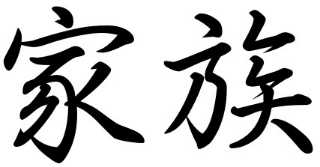Table of contents
日本的符号反映了这个民族具有千年传统的文化。 除了识别日本社会的符号外,还有一些符号反映了日本人的重要意义,例如老虎(武士使用的标志)和鲤鱼(代表抵抗和毅力)。
汉字实例
在纹身中,很常见的是汉字,这是日本书写系统中使用的字符。 这源于通过人们不太常见的文字来表达一种想法或感觉的意图。
1.家庭
2.爱

3.和平

4. 幸福
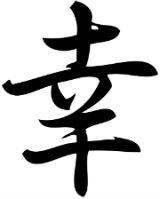
马内基尼科
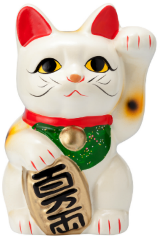
Maneki Neko,或称幸运猫,是一种常见的幸运象征。 它是一个挥舞着白猫的雕塑。
据传说,这个符号起源于一个武士路过一只猫时,感觉到这只动物在向他招手。 这一事实使武士去迎接这只猫,避开为他准备的陷阱。
由此可见,猫被认为是运气的象征。
Maneki Neko通常由陶瓷制成,可以在日本商店的门口找到。
达鲁马
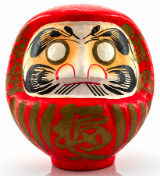
达鲁马是一个代表佛教僧侣菩提达摩的木偶。
他是空心的,没有手脚,有胡子。 另一个重要特征是他有白色的圆圈代替眼睛。
See_also: 行政编号传说中,菩提达摩为了保持清醒和冥想而割掉了眼皮,这就是他没有眼睛的原因。
传统的做法是,娃娃的主人在娃娃的右眼上涂抹,并许下愿望。 只有在他所要求的事情实现之后,才可以涂抹左眼。
国家标志
日本被称为 "旭日之国"。 因此,太阳是国家的标志,在日本国旗上表现为一个红色的圆。 日本人相信他们的皇帝是天照大神(太阳女神)的后代。
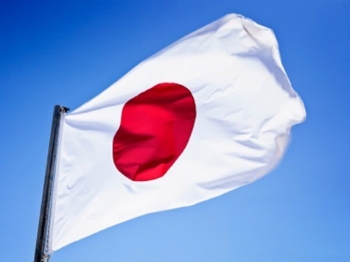
樱花,也被称为樱花,在日本有非常重要的意义。 在那里,这些花的数量表明这一年是否有利于稻米生产,而稻米是一种代表日本人的神圣礼物的食物。
See_also: 麵包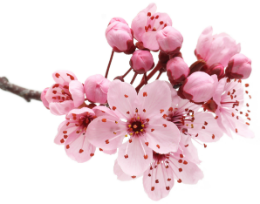
在《花》中了解日本花卉艺术(Ikebana)的象征意义。
了解更多信息,请访问 更多 在:
- 鸟居
- 武士
- 艺妓
- 花园

